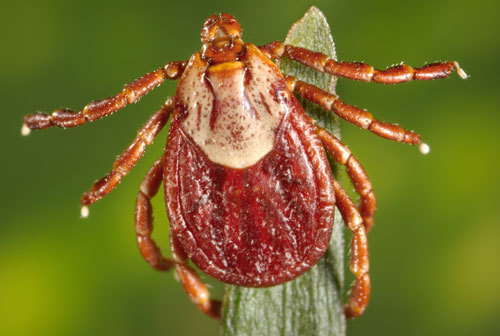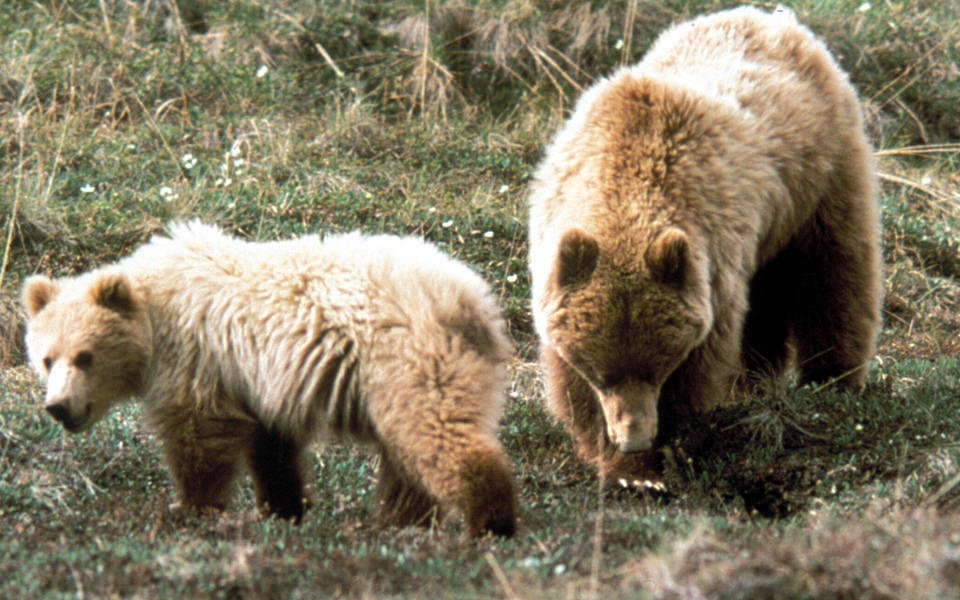Ticks

USFS
For novice hikers, ticks can be nightmare. Parasitic arachnids, ticks often latch onto humans as we trek through forests and tall grasses. Tick borne illnesses such as Lyme Disease and Rocky Mountain Spotted Fever can make this trail terror even more alarming. But tiny ticks shouldn’t prevent you from hitting the trail!
Is that a tick or a freckle? Tick check after every outdoor adventure. After hiking, biking, or camping, be sure to thoroughly inspect your body for ticks. Remember to check your furry friends as well! If you find an attached tick, don’t fret – learn how to properly remove it and see your doctor if you develop a rash. To help avoid ticks altogether, wear long pants and socks while trudging through tall grass and brush. Optionally, you may also treat gear and clothes with permethrin before heading out on your adventure.
Poison Ivy, Oak and Sumac

Joshua Mayer
Poison ivy is common throughout the United States, while poison oak and sumac have a more limited range. Poison ivy, oak and sumac often grow in damp forests, fields, and wetlands. The plants release oil that can cause an allergic reaction. The itchy, unbearable rash can ruin a camping trip and leave victims hesitant to return to the forest. Don’t let this plant poison your outdoor adventures.
Leaves of three - let them be. To avoid an allergic reaction, learn how to identify the poisonous plants and avoid touching them. If you cannot distinguish poisonous plants, staying on the trail and away from suspicious vegetation is crucial. If you think you may have touched poison ivy, oak or sumac, wash the affected area with cold water and soap (Technu is best) immediately after contact.
Bears

USFS
Bear encounters can be dangerous. From riffling through food to protecting their young, these majestic animals can definitely cause terror on the trail. While black bears can be found in nearly 40 states, grizzly bears have a more limited range throughout Washington, Montana, Alaska and Wyoming. Most of the time, you will see a bear from far away and they’ll be more scared of you than you of them. Regardless, it is important to take necessary precautions when hitting the trail.
Be bear aware: Avoid encounters with bears by storing your food, trash, and toiletry items appropriately. When camping, be sure to properly store or hang anything scented that may attract a bear – including your toothpaste! When venturing into bear habitat, be sure to stay alert, carry bear spray, and make plenty of noise along the trail. If you happen to see a bear, maintain a safe distance. Check with your local National Forest office for additional alerts or special guidelines for recreation.
We want to hear from you:
What trail terrors have you overcame? Mosquitos? Hiking alone? Lightning? Chiggers? Leave your tips for conquering these trail terrors on Facebook or in the comments below.

